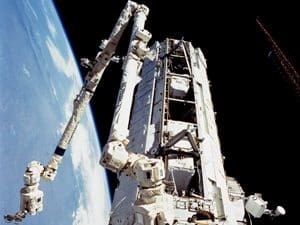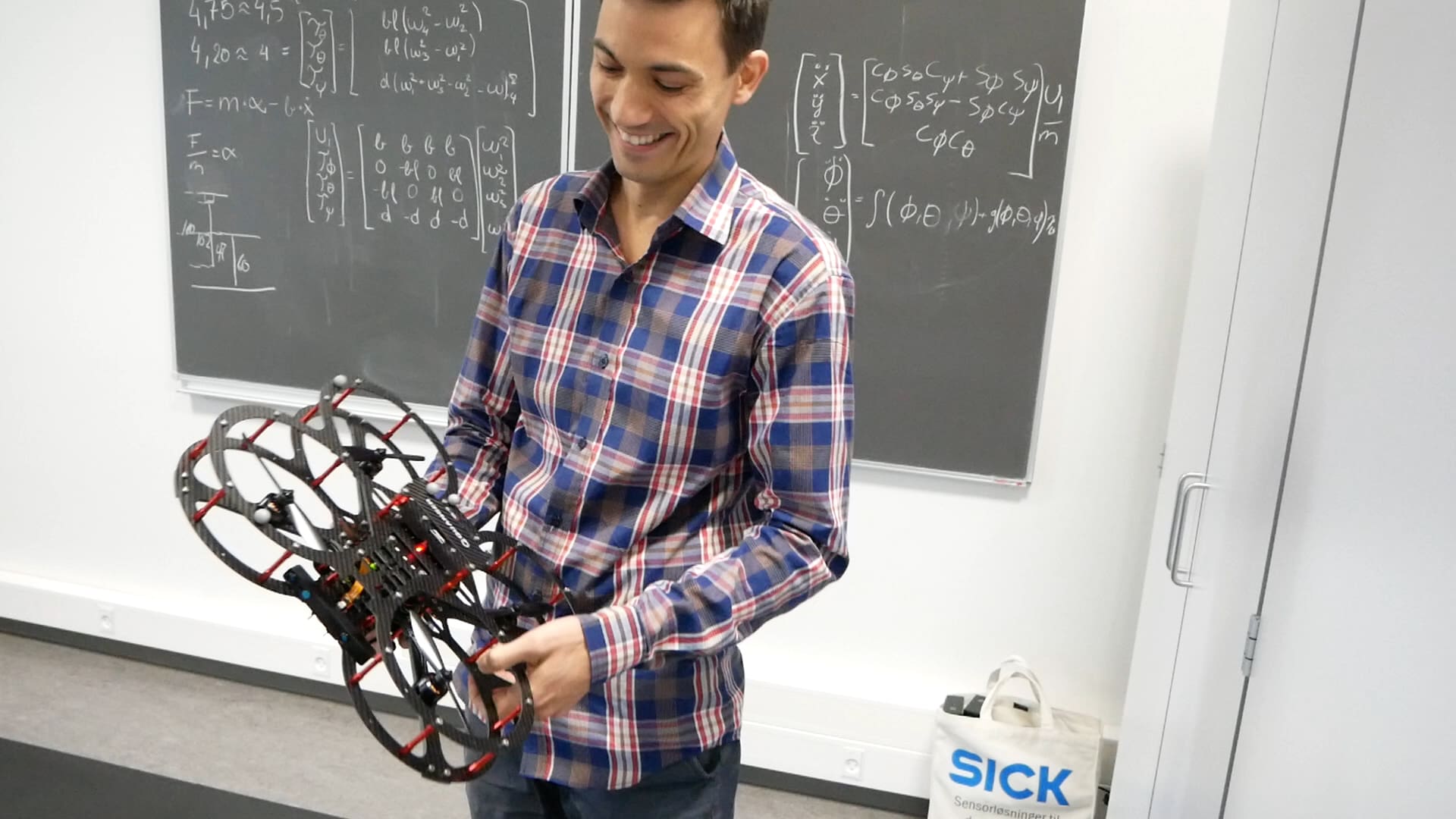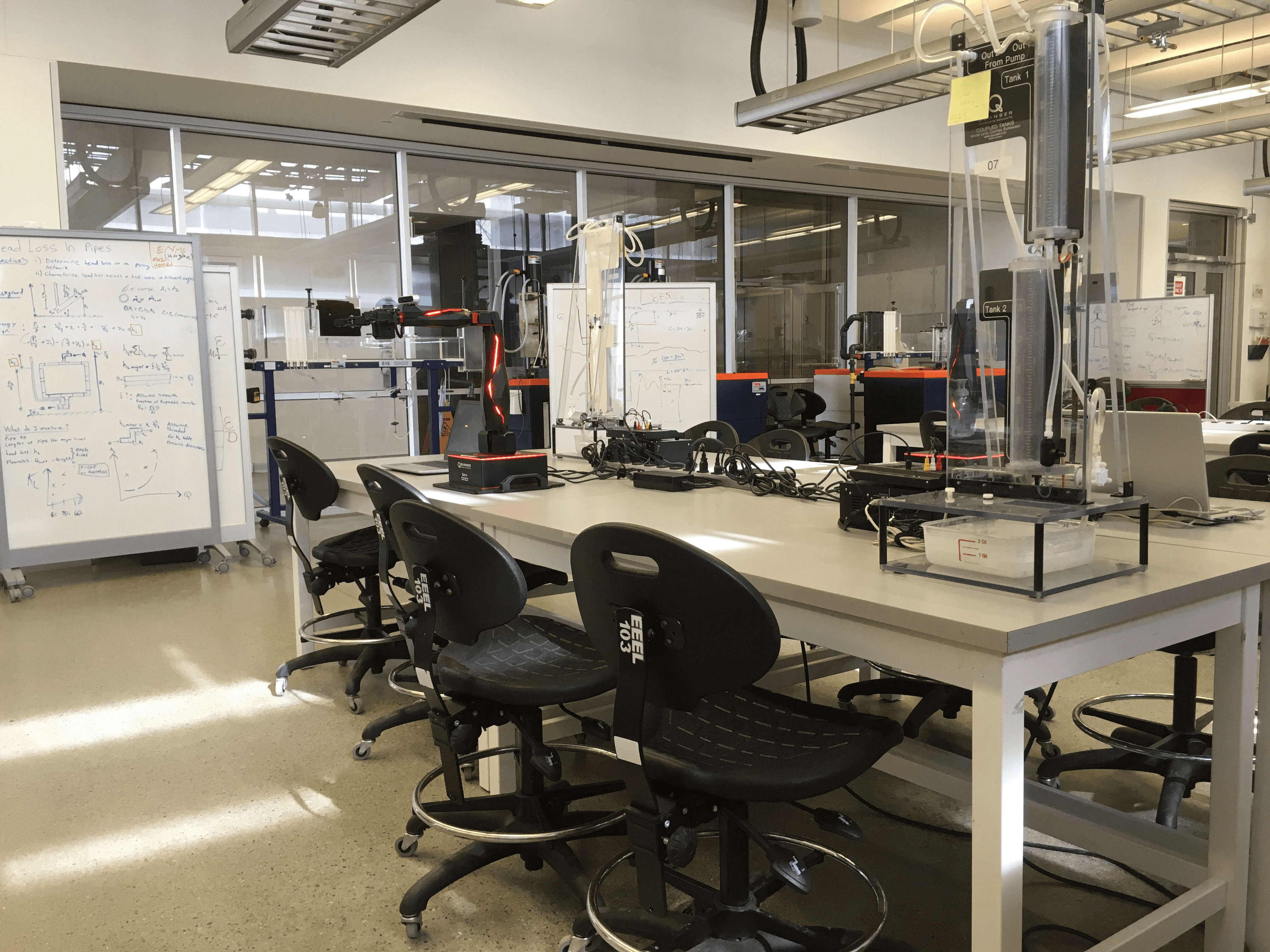
While working on a project for NASA, the space technology experts at MDA Corporation were in need of an advanced control system for a high level robotic prototype. Because MDA’s robotic work is so specialized, there are very few companies they can approach for assistance in the design of control systems for the projects they are undertaking. In this case, MDA needed a highly specialized controller for the robotic ‘hand’ on an unmanned spacecraft that might some day be used to service space stations.
For the solution, MDA turned to Quanser and its expertise in the design of customized control systems. “We are lucky that Quanser has this expertise and offers us products that we can use in our own designing and prototyping – tools they’ve developed,” says Cameron Ower, Director, Research and Development for MDA’s Space Missions. “Quanser’s real time control system know-how and tools make a really potent combination.”
Challenge
Control system to drive high-level commands
Quanser’s challenge was to animate the customized robotic hand to receive critical instructions and then translate these instructions into actions, with precision and accuracy being paramount. Specifically, Quanser had to design the controller for a Tool Changeout Mechanism (TCM) that could grasp tools, torque bolts, and pick up or remove parts in a space servicing or repair mission.
NASA wanted to see a working example of this robot. MDA had already designed a two-armed robotic system that could sit in an unmanned servicing spacecraft from which the robots could, autonomously or from ground control, service and repair the Hubble Telescope for instance. “We had the hand,” says Ower, “But we needed the control system to drive these high level commands to the robotic hand.”
Solution
Effective real-time control design tools
Quanser successfully designed an advanced control algorithm to operate MDA’s robot, and they did it in a compressed period of time. Quanser was able to take the general functions in the design of MDA’s robot and implement them in a ground-based version of the controller that could be delivered to and tested by NASA.
Of specific importance to MDA was Quanser’s ability to design real time control systems and implement them in hardware, particularly for prototypes, very effectively and quickly. “Quanser has taken this type of work to a new level and their real time operating system tools are very effective for rapid prototyping,” says Ower.
Result
Proof-of-concept prototype gives end user confidence
Using its in-house expertise and technology, Quanser was able to bring to life a proof-of-concept prototype for MDA’s client, NASA. The completed project was viewed as a success and provides a useful prototype that Goddard may use to examine issues relating to the robotic handling of payloads, batteries, computers or anything else on a spacecraft that need to be replaced.
“There’s nothing like a real system to illustrate to customers how it works,” says Ower, “and the control system that Quanser developed was key to that otherwise inanimate system.”
A huge asset for this project was Quanser’s in-house technical experience in applying controls to projects that involve manipulators for a space environment. This expertise allowed for an immediate coherence between MDA and Quanser. The prototype equipment was delivered to Quanser and set up in the company’s labs. Quanser’s rapid control prototyping hardware and software tools were used to design and develop the control algorithms in a fraction of the time that it would have taken if programming by hand. The entire completed prototype system was demonstrated, approved, and returned to MDA for the final proof-of concept demonstration to their client.



